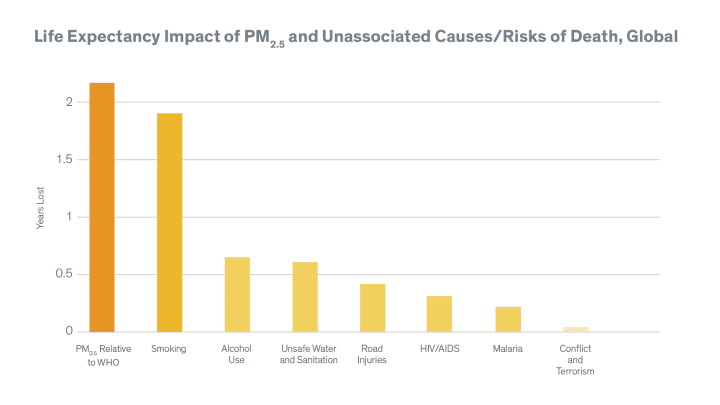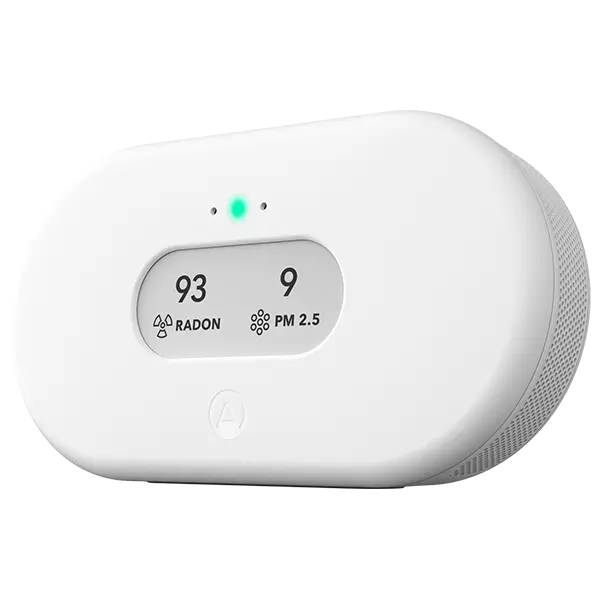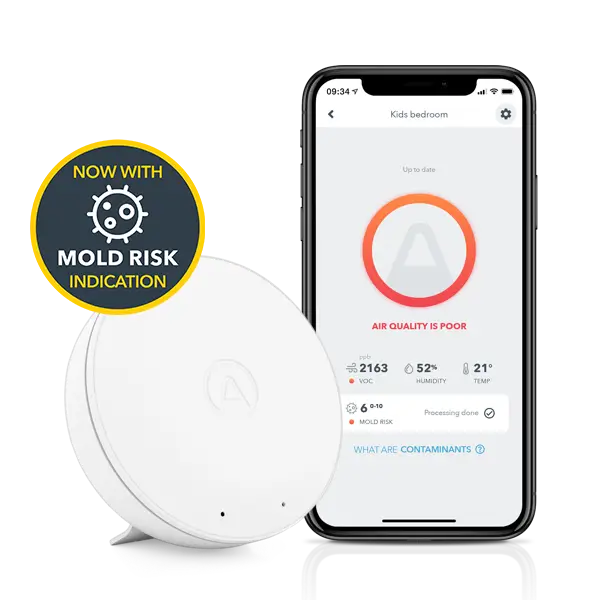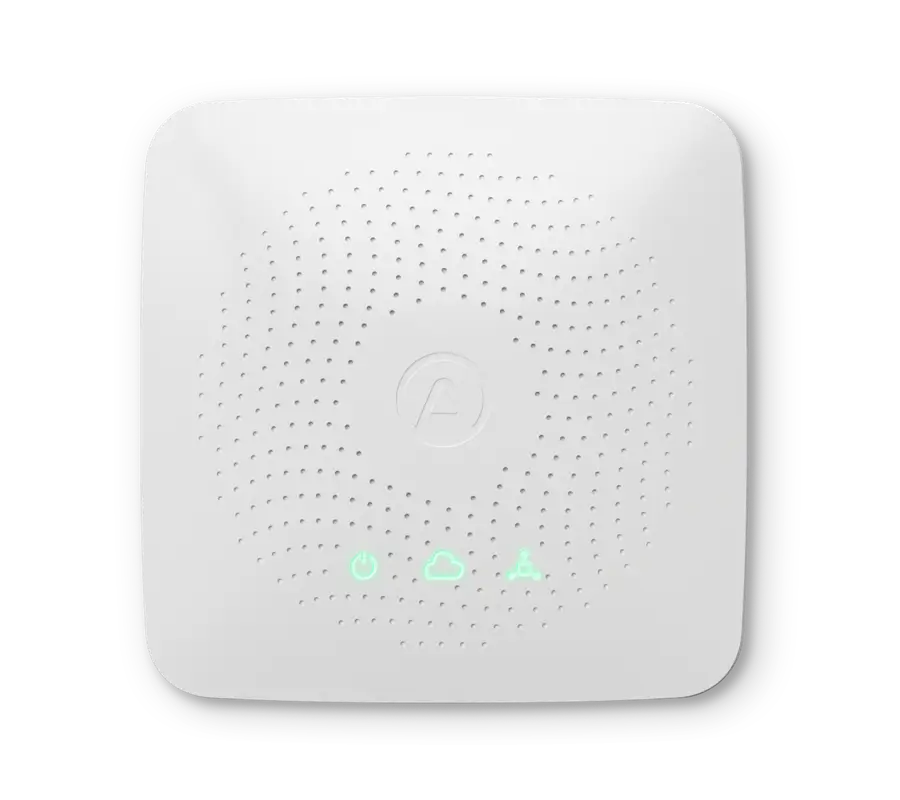Is there a link between air quality and longevity in blue zones? We take a look at five of the longest-living communities in the world to see if air quality can tell part of the tale of why an unproportionate amount of their inhabitants live to over one hundred years old.
What is a blue zone?
It is a location where the community has been observed to live to age 100 at a rate up to 10 times greater than the average population in the reference country of the United States1. The term blue zone was coined by epidemiological researchers studying areas of longevity who used blue pens to draw circles that identified these areas on a map. The term blue zone first appeared in November 2005 in an issue of National Graphic Magazines under a cover story called “The Secrets of a Long Life,” written by Dan Buettner. The areas currently considered to be verifiable blue zones are the Barbagia region of Sardinia (Italy), the island of Okinawa (Japan), the Nicoya peninsula (Costa Rica), the island of Ikaria, Greece, and the community of Loma Linda, California. Five seemingly very different groups from four separate continents yet they maintain similar diets, lifestyles, and practices.

Background
Blue Zones is also in fact a company that seeks to promote healthy living in communities all over the world. Their slogan is indicative of their mission of wellbeing, health, and longevity; Live better, longer. They actively promote the lifestyles of existing blue zones to people and communities across the world. Although genetics plays a large part in life expectancy, the choices we make every day can undoubtedly affect the quality and length of our lives. Blue Zones argue that the lifestyle and diets of these communities are significant predictors of how long and well they live. Some of these practices are highlighted below.
Ikaria, Greece
Located within the Aegean sea, this island provides fresh air, warm breezes, and rugged but beautiful terrain for all to enjoy. Napping, occasional fasting, and drinking goat milk have all been attributed to the local's long lifespan.
Loma Linda, California
The residents of Loma Linda tackle loneliness with a strong sense of community mostly found around their commonalities as 7th-day Adventists. Additionally, a structured but stress-reducing lifestyle, regular exercise 5 times a week, and a mostly vegetarian diet may also help account for the resident's health and age.
Nicoya, Costa Rica
The Nicoya peninsula contains water naturally rich in calcium and magnesium may help prevent heart disease and weak bones. Pura Vida or "pure life" is a phrase often uttered by locals who don't view stress as beneficial. The Costa Rican diet contains many healthy staples such as rice, beans, fresh fruits, and leafy greens.
Okinawa, Japan
Okinawans maintain a powerful social network called a “moai,” a lifelong circle of friends that supports people well into old age. They also eat a lot of purple sweet potato; the beni imo makes up over 60% of their diet which otherwise contains plenty of fish, seaweed, whole grains, rice, and greens.
Sardinia, Italy
Sardinian shepherds walk more than 5 miles a day which provides great cardiovascular exercise. They also value laughter, and family, and have a strong respect and admiration for the elders in the community. Most notably however the natives of the region claim to enjoy 1 to 2 glasses of red wine a day.
-1.png)
The air quality argument for wellness and longevity
Although the factors which can contribute to a person's health are almost limitless, air may be the most important factor of all. A good lifestyle and dietary decisions are essential to lead healthy lives however breathing air is the only thing we 'do' 24 hours every day. In this way, the quality of the air we breathe constantly affects our bodies either positively through oxygenating our vital organs or negatively through the intake of harmful pollutants. The Air Quality Life Index, or AQLI, finds that taken together, air pollution reduces the global average life expectancy from roughly 74.2 to 72 years2. That's over 2 whole years off the lives of every single person. Similarly, poor air quality trends are increasingly in the news as being linked to illnesses and conditions which drastically reduce the lifespan of billions of people around the world[3][4]. The life expectancy chart below was produced by the Energy Policy Institute at the University of Chicago (EPIC)5. However, few if any of these chronic illnesses exist within these blue zones. Recently air pollution has been linked to declines in brain health[6][7]. Notably, inhabitants of Ikaria in particular are reported to experience significantly reduced rates of dementia and Alzheimer's diseases in old age.

How blue zones 'combat' air pollution
The existing blue zones exist in areas far from larger cities or industrial centres. In fact, three out of the five zones reside on islands far from the more populated and more polluted mainland's of their respective countries. Even when exposed to pollutants in the air, studies suggest that diet can have a significant impact in dampening the negative effects of air pollution on individuals. For example, cruciferous vegetables, such as broccoli, radish, bok choy, and kale, which are rich sources of isothiocyanates, have been shown to reduce the risk of lung cancer in non-smokers. Notably, the diet of blue zone inhabitants is notoriously healthy, consisting of a range of superfoods consisting of the aforementioned cruciferous vegetables as well as beans, sweet potatoes, and other whole grains.
Indoor air can be 2-5 times more polluted than outdoor air8. Blue zone inhabitants are notoriously active and spend much of their days outdoors intaking the fresh air that their naturally healthy locations provide them. By spending this time outside they avoid the common pollutants which are common in all of our homes such as particular matter, harmful everyday chemicals, and even Radon gas. If you're worried about your indoor air quality you should consider investing in an indoor air quality monitor.
The data collection challenge
Although we can observe live air quality data from services such as the Breezometer air quality map, discovering what the air quality was like for residents of these communities over 100 years ago is naturally a significant challenge. Reliable air quality records stretch back decades, not centuries. However, as we can see in the map below made by mapping software company Esri, over a nearly 20-year period all of the blue zones remained below the WHO guideline for air pollution levels of 10 µg/m3 (annual mean)9.
What do I do with this information?
What we know about the effects of air quality on our health would strongly suggest that it has a strong relationship with longevity. Considering we spend on average 90% of our time indoors10, monitoring your indoor air quality is the perfect first step to understanding what's in the air you breathe and how it might be affecting your everyday life or long-term health. Once you know what's in the air you're breathing you're more informed on the steps you can take to improve your air and in turn improve the quality of your life. Further afield, Researchers can now begin to monitor both the indoor and outdoor air quality of these and other communities around the world to potentially confirm the hypothesis that breathing better air can help you live better and longer.
.png)
1.https://www.ncbi.nlm.nih.gov/pmc/articles/PMC6125071/
2.https://aqli.epic.uchicago.edu/about/
3. https://www.stateofglobalair.org/health/life-expectancy
4. https://www.bbc.com/news/health-62797777
6. Russ, T. C., Reis, S. & van Tongeren, M. Air pollution and brain health: defining the research agenda. Curr. Opin. Psychiatry 32, 97–104 (2019).
7. Babadjouni, R. M. et al. Clinical effects of air pollution on the central nervous system; a review. J. Clin. Neurosci. Off. J. Neurosurg. Soc. Australas. 43, 16–24 (2017).
.8. https://www.epa.gov/report-environment/indoor-air-quality
9. World Health Organization. Air Quality Guidelines - Update 2021. Copenhagen, Denmark: WHO Regional Office for Europe (2021).
10. https://www.epa.gov/report-environment/indoor-air-quality













%20(1).webp)

%20(1).webp)
